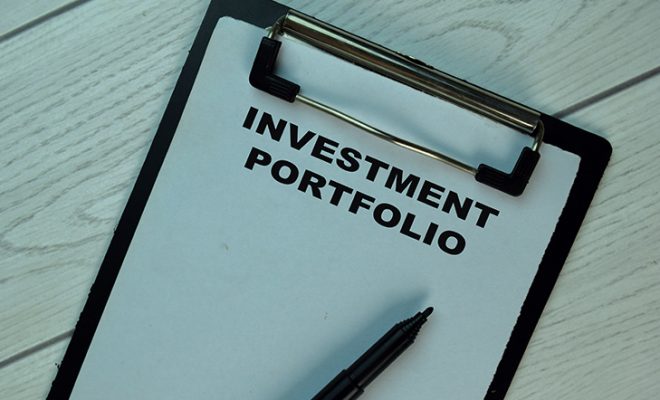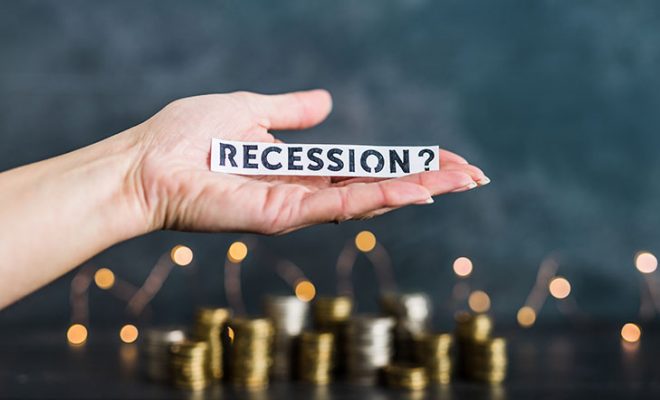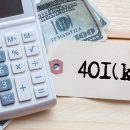10 Steps to Create a Robust Retirement Investment Portfolio

A financially secure retirement is the dream of many but often the greatest challenge for most people. According to a 2019 study by GOBankingRates.com, 64% of people had less than $10,000 in savings for their retirement. In addition, approximately 40% of those surveyed (typically aged 55 and above) had no retirement savings. With such appalling figures, it becomes critical to understand the role of a robust retirement investment portfolio in determining the security of your future.
Here are ten steps that can help you create a robust retirement investment portfolio:
- Invest as early as possible
The most vital step to create a robust retirement investment portfolio is to start investing early in life. There are multiple reasons why it is good to begin your investment journey sooner. You can benefit from the power of compounding and keep reinvesting your savings to maximize gains at a faster rate than otherwise. It also helps you to be disciplined towards savings and investments, which in turn enhances your chances to lead a comfortable retirement life. Moreover, you can recover and absorb losses and financial shocks. Hence, you have a higher probability of building a strong retirement corpus.
- Aim for a total return portfolio
A total return portfolio focuses on balancing stocks and bonds to seek greater long-term investment growth. The objective is to invest in the long run to produce a steadier and higher level of income. This income can be greater in comparison to what can be achieved by investing for the sole purpose of earning dividends to preserve the principal amount. Thus, when structuring your portfolio for retirement, it is advisable to stress more on creating a total return portfolio rather than an income-focused portfolio. It also helps to maintain a diversified allocation, irrespective of the year-to-year volatility of the portfolio. Moreover, your withdrawals from retirement savings accounts like a 401(k) account, an Individual Retirement Account (IRA), etc., are also based on a systematic plan that typically allows you to take 4-7% distributions each year. In some years, your withdrawal rate can be higher to absorb the impact of inflation.
- Include bonds
Bonds are one of the safest investment options, and hence, they are ideal for your retirement portfolio. Unlike shares, bonds offer more security and carry less risk. Thus, investing in bonds can be a good retirement investment option. However, it is essential to be vigilant when investing in bonds. Ideally, to secure a regular income in your post-retirement years, you can consider bonds with a different maturity date. This approach is also known as a bond ladder. This allows you to secure future cash flows, but at a lower return in comparison to other investment instruments. Hence, the motive can be to buy bonds for a regular income, rather than for growth.
- Balance equities
Equities or stocks play an equally important role in your retirement portfolio as bonds. They are high-risk assets but have the potential to provide greater returns. You can aim to have a higher asset allocation in equities during the younger years of your life when you have more ability to absorb volatility. However, as you move closer to retirement, it may be advised to lower the proportion of stocks in your investments. That said, in all cases, it is important to include equities in your retirement portfolio as per your age, risk appetite, and financial goals. An optimal combination of the two – stocks and bonds – can offer an attractive return with low volatility for your retirement. By including more equities in your portfolio, you can also improve returns to beat inflation in the long-run.
- Choose retirement income funds (RIFs)
Typically, a RIF is like a mutual fund that is adequately diversified into different large and mid-cap stocks and bonds. By including RIFs in your portfolio, you can retain the value of your portfolio, while enjoying moderate gains and income. A RIF produces steady returns and offers higher profits, as compared to conservative investments like cash deposits. However, the objective of each RIF can differ. Some RIFs can be created to get monthly income, while others can focus more on capital preservation. Irrespective of the aim, it can be beneficial to keep RIFs in your portfolio to get assured returns.
SPONSORED WISERADVISOR
- Invest in immediate annuities
In retirement, having a regular source of income can be crucial. And to fulfill this purpose, it is advisable to include immediate annuities in your retirement investment portfolio. An immediate annuity is a contract between you and the insurance firm, where the insurer agrees to pay a guaranteed sum of money, as per your desired frequency. The frequency of payments can be monthly, quarterly, or annually. Immediate annuities offer a continuous stream of income right after purchase. Immediate annuities classify as a suitable retirement investment, especially if you do not have any other retirement income sources except for Social Security benefits. Among other benefits, immediate annuities provide tax-deferred growth of funds until distribution. Moreover, they are very flexible and allow you to choose how you wish to receive distributions (for a specific period or lifetime). However, if you take withdrawals (before the age of 59.5), there could be early withdrawal penalties and taxes.
- Opt for ETFs
Exchange-traded funds (ETFs) are a mixture of securities traded on an exchange. These generally include stocks, bonds, commodities, currencies, or a combination of all. You can add ETFs to your retirement portfolio to diversify it. ETFs also offer low-cost access to a specific section of the market. According to reports, U.S. investors contributed $530 billion in ETFs in 2008, which rose to more than $4 trillion in May 2020.
- Invest in mutual funds and index mutual funds
It may be advisable to invest in mutual funds to create a robust retirement investment portfolio. Mutual funds allow you to earn better profits, diversify your investments, and hedge your portfolio against potential market volatility. Alternatively, you can opt for index mutual funds that are safer, cost-effective, and less volatile than general mutual funds. Index funds offer returns as per the performance of the underlying index, such as the S&P 500 or Dow Jones Industrial Average.
- Invest in Real Estate Investment Trusts (REITs)
REITs mimic mutual funds. These are a type of mutual funds that own real estate. REITs combine real estate holdings like apartments, vacation homes, hotels, etc., and manage them end-to-end. You only pay a professional to manage the properties, get tenants, and collect rent, in addition to covering maintenance costs. After all the expenses are paid, the balance income is your profit. This can function as a dependable and regular stream of income in the long-term.
- Max out on your Roth IRA
Apart from investing in other retirement savings accounts like a 401(k), you can also include a Roth IRA in your retirement portfolio. For 2020, the IRS (Internal Revenue Service) allows investors with a yearly income of $139,000 (single) or $206,000 (married) to open a Roth IRA. You can make after-tax contributions in a Roth IRA. Your funds grow tax-deferred, and your withdrawals are not taxed if you hold the account for at least five years. For 2020 and 2021, you can contribute up to $6,000 in a Roth IRA and $7,000 if you are 50 or older.
To sum it up
A balanced retirement portfolio is a combination of various market securities applied with the right investment strategies. Once you create your portfolio, it is also good to monitor and timely rebalance your asset allocation to ensure you are streamlined to achieve your retirement objective.
If you need advice on a retirement-related matter, you can trust a professional financial advisor to create just the right investment portfolio for you.











